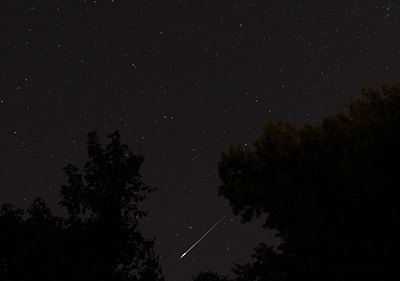
Image Credit: Dan Brandon
The Orionid meteor shower takes place in October and November each year, peaking in mid-October. The Orionids are noted for being bright and quick fragments, according to NASA, with an average speed of about 148,000 mph (238,000 kph). However, this year’s shower, predicted for the night of Oct. 20-21, may be spoiled by moonlight.
The Orionids, like all meteor showers, are named after the constellation in which they appear to come from, which in this case is Orion the Hunter. While the constellation is best visible in the Northern Hemisphere, the meteor shower is visible in both the northern and southern hemispheres. Orion’s location is:
Right ascension: 5 hours
Declination: 5 degrees
Latitudes: Between 85 and -75 degrees
“The Orionids are also framed by some of the brightest stars and planets in the night sky, which lend a spectacular backdrop for these showy meteors,” NASA wrote on a web page about the annual shower.
via Orionid Meteor Shower: Leftovers of Halley’s Comet | Space.com.

